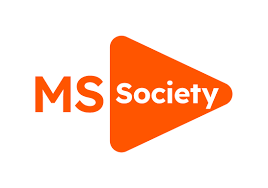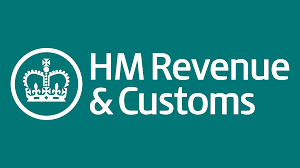Seamless Execution for Your Tech Vision.
Got an exciting new tech project? I’m here to help! Whether it’s Website Development, Software Implementation, Mobile App Development, Cloud Migration, or an IT System Upgrade, I ensure every stage is handled seamlessly. From initial planning to successful deployment and beyond, I’ll guide your project to success, delivered on time and within budget. Let’s turn your vision into reality!
Why Choose This Service?
Partnering with me for End-to-End Project Delivery means you gain a dedicated expert who handles the complexity, freeing you to focus on your core business. Here’s how I bring value:
- Clear Requirements: I define and clarify every detail from the outset, capturing all project needs to avoid confusion and delays.
- Aligned Stakeholders: My collaborative approach ensures all stakeholders are on the same page with transparent, timely updates.
- Seamless Integration: I manage technical integrations smoothly, reducing potential issues and ensuring a fluid transition.
- Thorough Quality Assurance: I oversee comprehensive testing, ensuring high standards and a smooth user experience.
- Optimized Resources & Budget Control: I manage budgets, timelines, and the team effectively, keeping your project on track, within scope, and on budget.
What I Need to Get Started
To ensure a smooth kickoff and rapid progress, I’ll need a few key pieces of information from you:
- Project Vision & Objectives: Any existing materials outlining your goals, initial scope, key deliverables, and any thoughts on budget.
- Key Stakeholder List: A list of all relevant individuals who should be involved or informed throughout the project.
- Existing Documentation: Any preliminary requirements, design concepts, or technical specifications you may have.
My Phased Approach to Project Delivery
I guide your project through a structured and transparent process, tailored to your specific needs. Here’s an overview of the key phases:
- Scoping & Planning: We define clear objectives, scope, and create a comprehensive project plan, including timelines, milestones, and initial budgets, setting a solid foundation.
- Design Oversight: I ensure design specifications and prototypes align with your vision and technical requirements, facilitating reviews and approvals.
- Development Management: I oversee the build process, managing the development team, tracking progress, conducting regular stand-ups, and managing quality checks.
- Deployment & Go-Live: We meticulously plan and execute the launch, including production environment setup, comprehensive checklists, and coordination for a smooth transition.
- Post-Launch Support & Review: I help manage initial post-deployment support, gather feedback, and conduct reviews to capture key learnings for continuous improvement.










